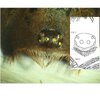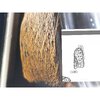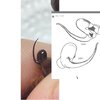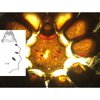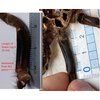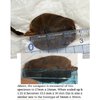Hello!
Since then, I have obtained cast-off shells of H. hercules and H. laticeps and compared them.
My H. hercules seems to have a similar contrast to your H. hercules.
What do you think?
Since then, I have obtained cast-off shells of H. hercules and H. laticeps and compared them.
My H. hercules seems to have a similar contrast to your H. hercules.
What do you think?
Attachments
-
402.1 KB Views: 23
-
388.8 KB Views: 21
-
372.6 KB Views: 19
-
328.7 KB Views: 15
-
317.6 KB Views: 14
-
343.6 KB Views: 15
-
362.5 KB Views: 13
-
359.5 KB Views: 20
-
273.4 KB Views: 19
-
307.6 KB Views: 19


































